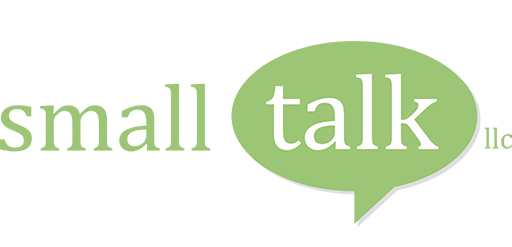By: Marci Britt, Pediatric Speech-Language Pathologist at Small Talk, LLC
Your child’s ability to communicate effectively is paramount to their growth and future success. As a parent, you may have heard about “articulation therapy” but are not quite sure what it entails. In this blog, we’ll delve into the world of articulation therapy to help you understand what it is and how it can benefit your child.
What is Articulation?
Articulation refers to the way speech sounds are produced when we talk. It involves the movement of the tongue, lips, teeth, palate, and vocal cords to create clear and intelligible speech. Sometimes, young children may struggle with articulation, leading to difficulty in pronouncing certain sounds or words correctly.
Understanding Articulation Therapy
Articulation therapy is a specialized form of speech therapy designed to help children improve their pronunciation of speech sounds. It is essential to remember that it’s normal for children to make some speech errors as they develop their language skills. However, when these errors persist beyond a certain age or become more severe, it may be time to consider articulation therapy.
Who Benefits from Articulation Therapy?
Articulation therapy is typically recommended for children who exhibit speech sound errors that are not age-appropriate. Some common signs that your child may benefit from articulation therapy include:
- Difficulty pronouncing specific sounds or consonant sound blends, such as “r,” “s,” “l,” or “bl
- Frequent substitution of one sound for another (e.g., saying “tar” for “car”).
- Omission of sounds in words (e.g., saying “ho” instead of “hot”).
- Difficulty being understood by family members or peers.
- Frustration or anxiety related to communication difficulties.
The Goals of Articulation Therapy
The primary goal of articulation therapy is to help your child develop clear and accurate speech. Here are some key objectives that a pediatric Speech-Language Pathologist will work towards:
- Sound Discrimination: Your child will learn to distinguish between different speech sounds and understand the correct placement of their articulators (tongue, lips, etc.) to produce these sounds accurately.
- Sound Production: Through various exercises and activities, your child will practice producing the targeted speech sounds correctly in words, phrases, sentences, and in conversation.
- Generalization: The therapist will help your child generalize their improved articulation skills to a variety of real-life situations, ensuring that the progress made in therapy carries over into daily communication.
What to Expect During Articulation Therapy
Articulation therapy sessions are tailored to your child’s specific needs and abilities. Typically, sessions involve a combination of the following:
- Games, Activities & Play: Therapists often use games, toys, and interactive activities to make therapy engaging and fun for children.
- Repetition and Practice: Your child will practice the target sounds repeatedly to reinforce correct articulation patterns.
- Homework: Your child may be assigned homework exercises to practice between sessions, helping to reinforce what they’ve learned in therapy.
- Progress Monitoring: Your speech pathologist will regularly assess your child’s progress and make adjustments to the therapy plan as needed.
Articulation therapy can be an invaluable resource for children who struggle with speech sound errors. As parents, your support and involvement in the therapy process are crucial. Be patient and understanding as your child works to improve their articulation skills, and remember that progress takes time. With the guidance of a skilled pediatric Speech-Language Pathologist, your child can develop clear and confident communication skills that will benefit them for years to come.

About Marci Britt
Marci Britt is an ASHA certified Speech-Language Pathologist at Small Talk, LLC. She has been working with children in a private practice setting for over 20 years and is trained in Prompts for Restructuring Oral Muscular Phonetic Targets (PROMPT), Beckman oral-motor techniques, the Affect-Based Language Curriculum (ABLC) approach, Rapid Prompting Method (RPM), and neurodevelopmental treatment (NDT) techniques.


